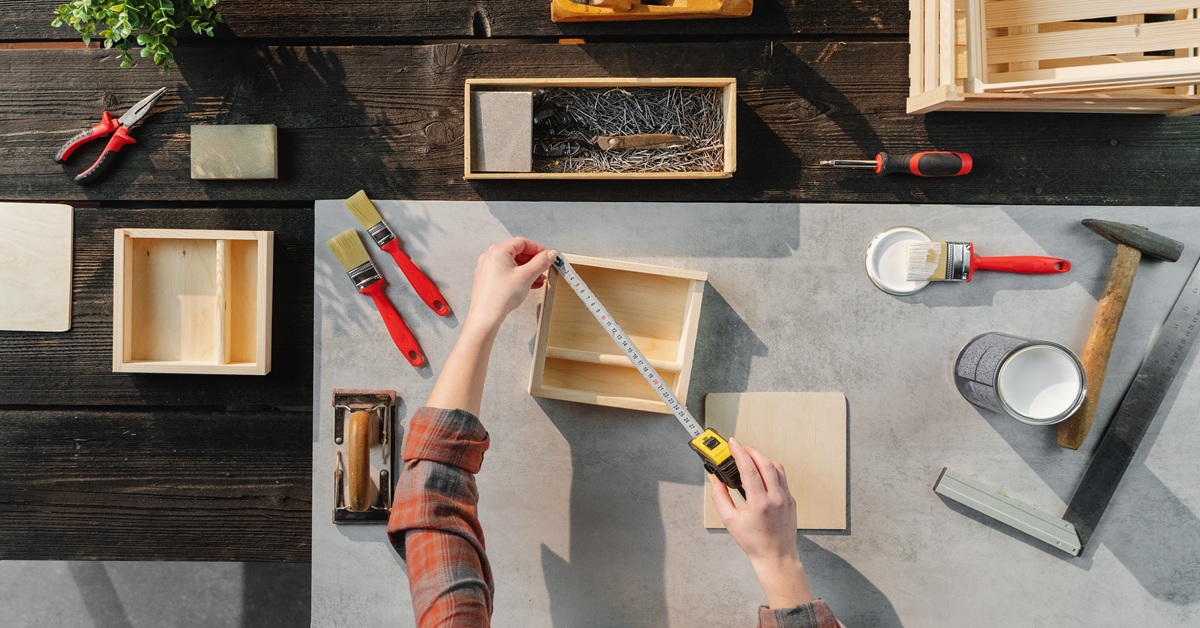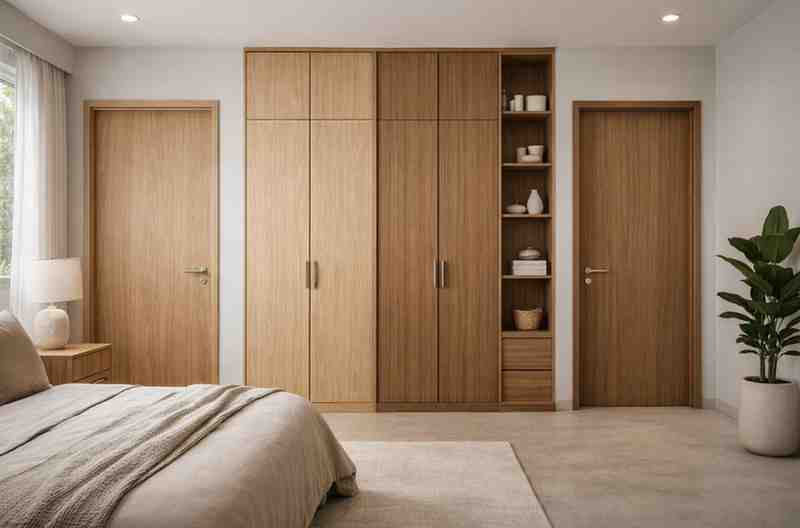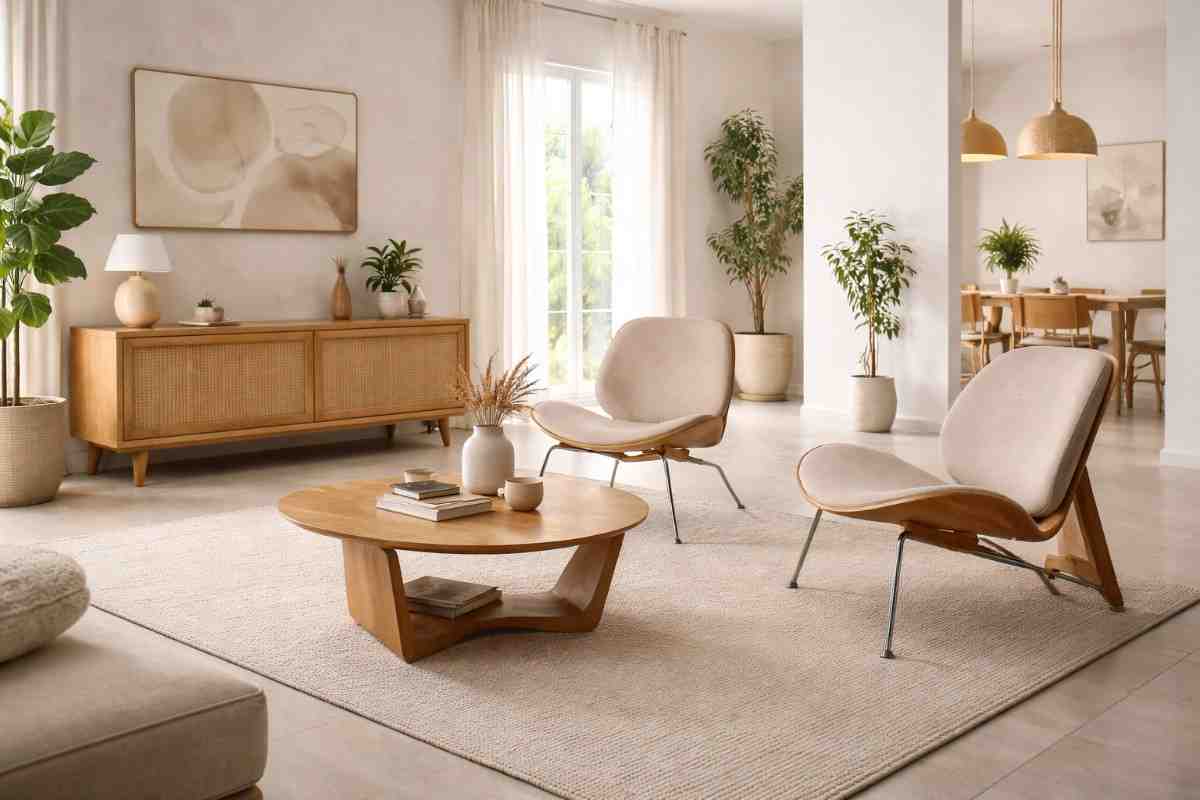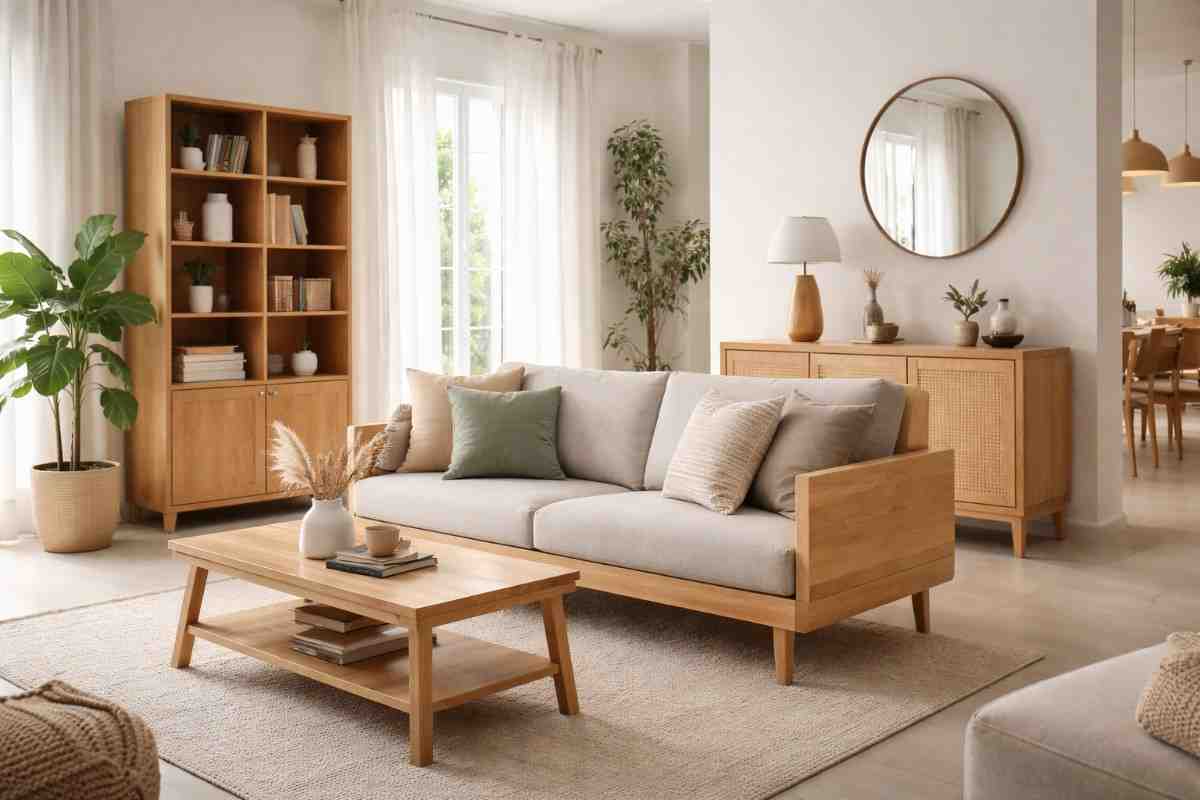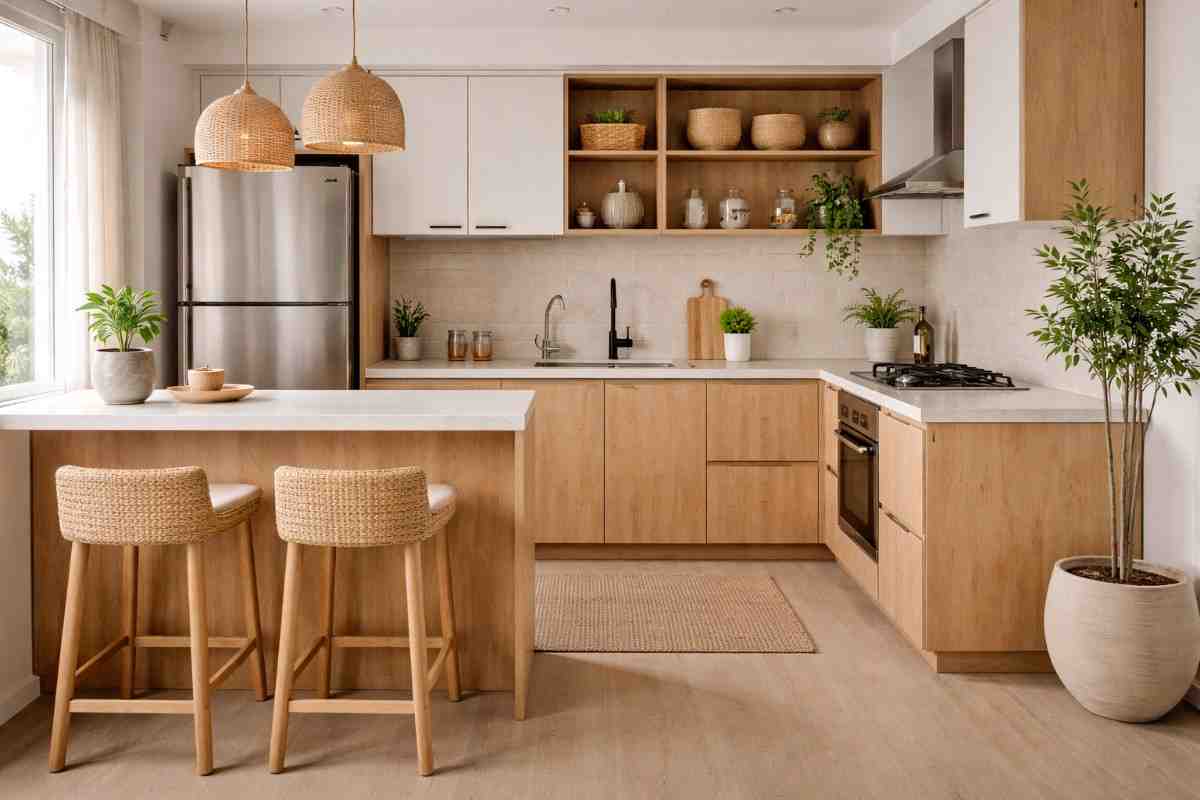Introduction
Plywood is still one of the most useful materials for both professional and DIY carpentry. But to do well on plywood projects, you need more than just basic equipment, you also need expertise and planning. Knowing how to work with plywood can help you avoid expensive mistakes, make sure your project lasts, and give it a clean, professional look. In this blog, we list the dos and don’ts to help you pick the right materials, take care of them, and use plywood in a way that satisfies both structural and aesthetic expectations.
Table of Contents
Do: Choose the Right Plywood Grade for Your Project
Don’t: Ignore Moisture Resistance in High-Humidity Areas
Do: Prepare the Surface To Apply Finishes
Don’t: Forget to Check for Certifications and Sustainability Standards
Do: Choose the Right Plywood Grade for Your Project
When you learn how to work with plywood, it’s important to know what the different grades mean. Not all sheets of plywood are the same, and different projects need varied levels of strength, polish, and longevity. Grades usually go from A to D, with A being the best grade. This means that it is smooth, has no knots, and is great for exposed surfaces like cabinets or panelling. Lower grades are better for structural parts where looks aren’t as important.
Plywood is also grouped by the sort of core it has, like MR (Moisture Resistant), BWR (Boiling Water Resistant), or BWP (Boiling Waterproof). Using the improper type might cause warping, delamination, or failure under load. Each type of plywood has its unique use. Picking the proper grade makes the process of building furniture smoother and causes fewer problems after installation. Before you buy plywood, always check for warps, cracks, and other flaws. Knowing how to pick the right grade will save you time and money and make sure that your finished product is safe, nice-looking, and will last a long time. It’s one of the most crucial things to do initially if you want to learn how to work with plywood.
Don’t: Ignore Moisture Resistance in High-Humidity Areas
Moisture is one of the most dangerous things for the strength of plywood, especially in places like bathrooms, kitchens, basements, or outside. If you don’t pay attention to how water-resistant the plywood is, it could swell, warp, or even rot from fungi. This is especially important if you’re putting together cabinets, shelves, or ornamental items in places that get a lot of dampness or water directly.
Choose plywood that can handle the correct amount of moisture to keep your projects safe. Boiling Water Resistant (BWR) and Boiling Waterproof (BWP) plywood are made to work well in these kinds of situations. Phenol-formaldehyde adhesives hold them together, making them last a long time and keeping moisture out. Buying the right quality up front will help you prevent having to pay for costly repairs and replacements later.
Sealing edges, using waterproof paints or laminates, and raising plywood furniture a little bit off of wet flooring are a few things you can do to improve the longevity of plywood. It’s not simply the grade of the plywood that matters for moisture control, it’s also how you install it. Always think about how the plywood will be exposed to the environment and plan for long-lasting results.
From DIY to pro builds, get the best plywood for your needs today!
Do: Prepare the Surface To Apply Finishes
Many people don’t think about surface preparation, but it’s an important step if you want a good end product. If you want to paint, stain, laminate, or veneer your plywood, you need to make sure the surface is ready first. This will help the paint stick better and spread evenly. Even though plywood is usually smooth, it might nevertheless have minor flaws, oils on the surface, or grain inconsistencies that can change the finish.
To get the wood ready for painting or staining, first use sandpaper to smooth the surface and open the pores. This will help the paints and dyes soak in better. After sanding, you need to get rid of all the dust and debris, as even the smallest imperfection can harm the finish. A vacuum can get rid of much of the dust, but you need to use a microfibre cloth afterwards to make sure the surface is fully clean. This step is very important for getting a professional-looking finish that stays true and lasts longer.
Also, patch any small dents or holes, especially around the edges, with wood filler. If you’re going to paint, you might want to use a primer first to make sure the colour is even and deeper. If you want to stain plywood, try it out on a small, hidden area first to see how it reacts. One of the keys to learning how to deal with plywood is recognising that the amount of time you spend getting ready will show in the final product. If you skip or speed through this stage, the finish will typically be uneven or peel later on.
Don’t: Forget to Check for Certifications and Sustainability Standards
It’s tempting to only think about price or looks when buying plywood, but ignoring certifications and sustainability can hurt the quality of your product. Certified plywood makes sure that the product follows rules for safety, durability, and the environment. For instance, search for ISI seals or FSC (Forest Stewardship Council) certifications. These show that the wood was sustainably sourced and made.
Plywood that hasn’t been certified could use low-quality adhesives or untreated cores, which can cause dangerous emissions like formaldehyde and reduce the plywood’s longevity. Indoor air quality is very important in places where people live or work. If you can, always choose plywood that has an E1 or E0 formaldehyde emission rating.
In today’s society, people care about the environment, and it’s equally important to use sustainable production methods. When you choose responsibly sourced plywood, you’re not only preserving your home, but you’re also helping to protect forests and support eco-friendly business practices. If you want to know how to work with plywood, it’s just as necessary to get your supplies from ethical, accredited vendors as it is to be a good craftsman.
Transform your vision into reality. Find the perfect plywood for every room now!
Conclusion
There are so many pieces of furniture you can build with plywood, from furniture and cabinets to structural parts and decorations. To attain the finest outcomes, though, you need to combine creativity with expertise. To work with plywood, you need to know about grades, pick moisture-resistant types where necessary, prepare surfaces correctly, and pay attention to certifications and their effect on the environment. If you follow these important dos and don’ts, your projects will not only look great, but they will also maintain their structural integrity and stay durable for years to come.
Discover the full potential of your designs. Explore the complete range of Wigwam Ply products today!
FAQs
1. How to work with plywood for furniture?
For plywood furniture, choose MR or Marine Grade plywood, ensure precise cutting, use strong joinery, properly sand and prime surfaces, and apply durable finishes like laminates or paint.
2. Which plywood is best for humid areas?
Use MR Grade plywood or Marine Grade plywood for high moisture resistance.
3. Can plywood be painted directly?
Yes, but always sand and prime it for the best results.
4. What is the best way to cut plywood?
Use a fine-tooth blade with a circular saw or table saw.
5. How to prevent plywood from warping?
Store it flat, use sealants, and avoid moisture exposure.

